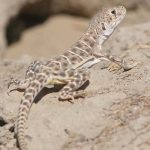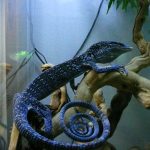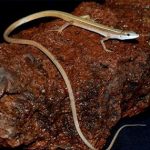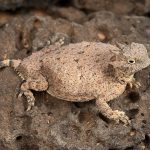Nile monitor lizards are the largest lizards of Africa, occurring in many parts of the African continent. They are known to be aggressive and ill-tempered. They have stout bodies with powerful jaws and strong legs.
| Kingdom |
Animalia |
| Phylum |
Chordata |
| Class |
Reptilia |
| Order |
Squamata |
| Suborder |
Lacertilia |
| Family |
Varanidae |
| Genus |
Varanus |
| Subgenus |
Polydaedalus |
| Scientific Name |
Varanus niloticus |
| Other Names |
African small-grain Lizard, Water Leguaan, River Leguaan |
| Length |
120 to 220 cm; largest specimen recorded is 244 cm |
| Weight |
Around 15 lbs |
| Color |
Grayish-brown body color with regular yellow spots patterned in distinctive bands along the head, body and tail; ochre-yellow to creamy-yellow throat and undersides |
| Distribution |
Sub-Saharan Africa and Nile river delta |
| Habitat |
Grassland, scrub, mangroves, forests, swamps, lakes and rivers |
| Diet |
Fish, snails, crocodile eggs, frogs, snakes, small mammals, birds, insects, carrion |
| Hibernation Fact |
Hibernates in burrows or big rock cracks in the colder region of their range |
| Predators |
Crocodiles, leopards, pythons, eagles; predatory fish, herons, snakes, adult members of their own species feed on young |
| Breeding Season |
June – October |
| Mode of Reproduction |
Oviparous (egg laying) |
| Clutch Size |
Up to 60 eggs |
| Incubation Period |
6 to 9 months |
| Reproductive Age |
3 to 4 years of age |
| Average Lifespan |
10 to 20 years in captivity |
| IUCN Conservation Status |
Least Concern |
Nile Monitor Pictures Gallery
-
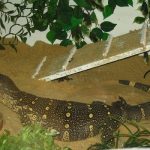
-
Adult Nile Monitor
-
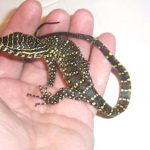
-
Baby Nile Monitor
-
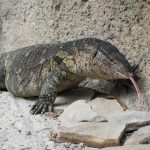
-
Black Nile Monitor
-
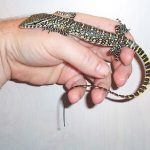
-
Nile Monitor Baby
-
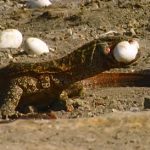
-
Nile Monitor Diet
-

-
Nile Monitor Eating
-
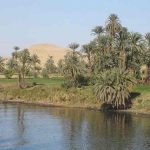
-
Nile Monitor Habitat
-
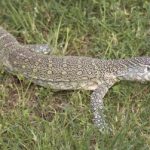
-
Nile Monitor Images
-
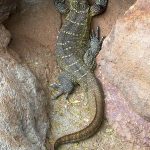
-
Nile Monitor Lizard
-
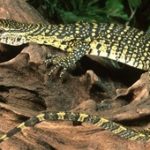
-
Nile Monitor Lizards
-

-
Nile Monitor Pet
-
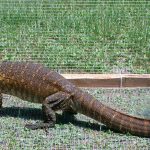
-
Nile Monitor Photos
-
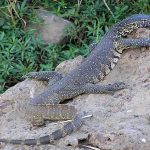
-
Nile Monitor Pictures
-
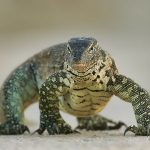
-
Nile Monitor
-
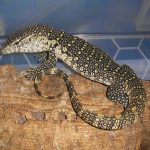
-
Nile Monitors
-
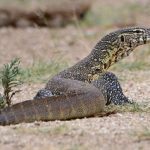
-
The Nile Monitor
-
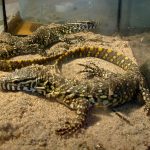
-
Varanus Niloticus
-

-
Nile Monitor Eating Eggs
-

-
Nile Monitor Enclosure
-
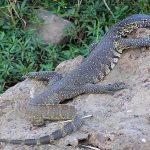
-
Nile Monitor Full Grown
-

-
Nile Monitor Bite
-
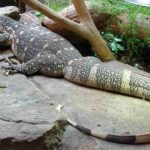
-
Nile Monitor Care Sheet
-
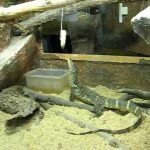
-
Nile Monitor Care

























